Home>Health & Lifestyle>Air Quality & Filtration>Why Can’t I Smell My Plug-In Air Freshener
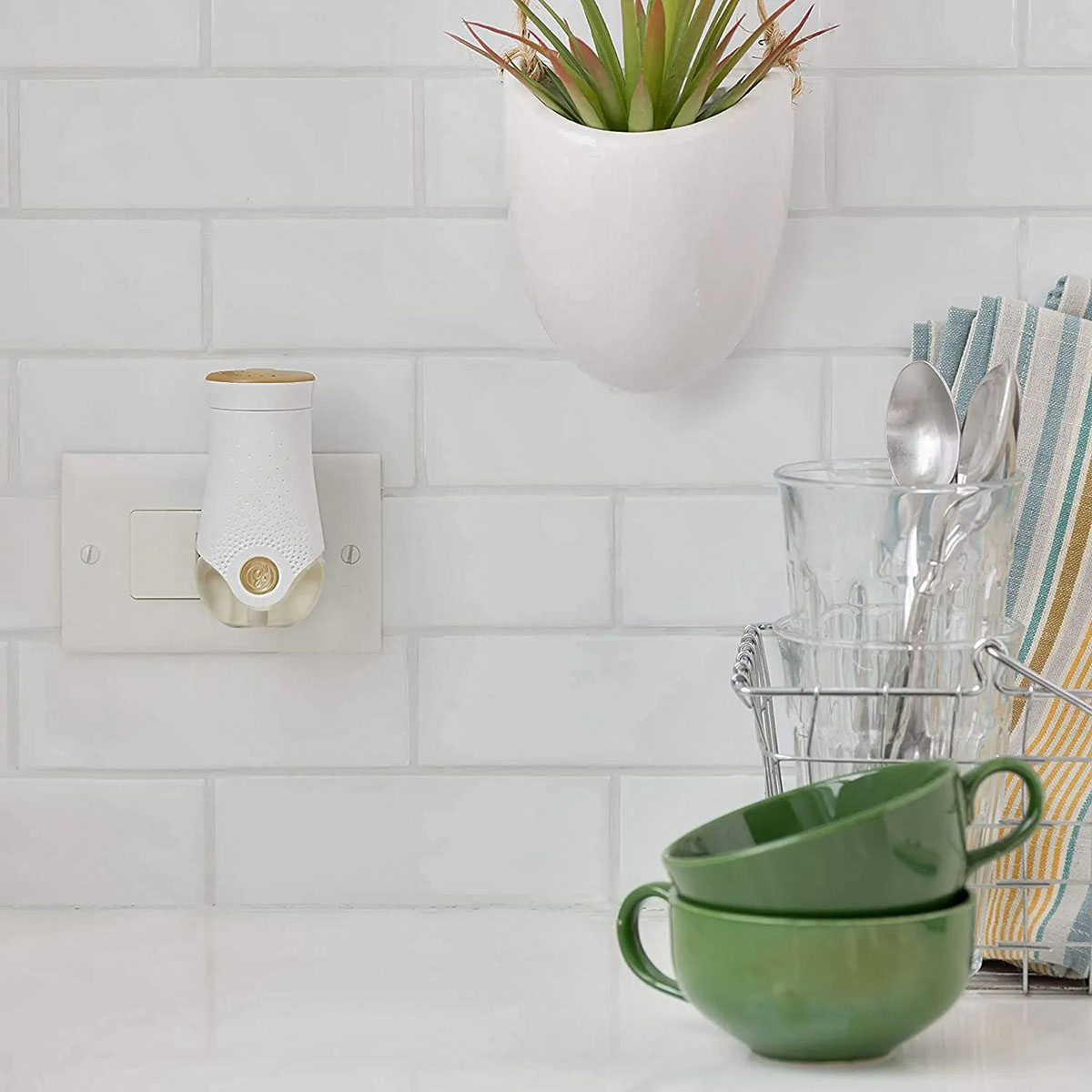

Air Quality & Filtration
Why Can’t I Smell My Plug-In Air Freshener
Modified: January 19, 2024
Discover why you can't smell your plug-in air freshener and learn about air quality and filtration solutions to improve your home environment.
(Many of the links in this article redirect to a specific reviewed product. Your purchase of these products through affiliate links helps to generate commission for Storables.com, at no extra cost. Learn more)
Introduction
Welcome to the world of plug-in air fresheners, where a simple device not only freshens up your home but also adds a delightful scent to the air. However, you may have noticed something puzzling – despite having a plug-in air freshener, you can’t seem to detect its fragrance. You’re not alone in this dilemma, as many people wonder why they can’t smell their plug-in air fresheners. In this article, we’ll explore the science behind our sense of smell and delve into the reasons why you might not be able to enjoy the aroma of your plug-in air freshener.
Our sense of smell plays a significant role in how we experience the world around us. It is responsible for detecting and recognizing different scents, allowing us to savor the aroma of a delicious meal, enjoy the fragrance of flowers, and even detect potential dangers like spoiled food or gas leaks.
When we inhale, the molecules in the air enter our nasal cavity, where they come into contact with specialized nerve cells called olfactory receptors. These receptors send signals to the brain, which interprets the information and identifies the scent. However, not all scents are equal, and there are various factors that can affect our ability to detect them.
Plug-in air fresheners work by releasing fragrance into the air through a heating element or a fan. The fragrance is usually contained in a liquid or a gel within a cartridge, which is plugged into an outlet. As the device operates, the heat or fan disperses the fragrance, making your living space smell pleasant and inviting. But what happens when you can’t seem to smell the fragrance?
There are several common reasons why you might not be able to detect the scent of your plug-in air freshener. One possibility is that you simply have a less sensitive sense of smell. Everyone’s sense of smell varies, and some individuals are naturally less sensitive to certain fragrances. Additionally, environmental factors, such as air pollution, tobacco smoke, or even nasal congestion, can impact your ability to smell the fragrance.
Another reason could be olfactory fatigue, also known as nose blindness. This occurs when your olfactory receptors become desensitized to a particular scent after prolonged exposure. Initially, the fragrance may be overpowering, but over time, your brain becomes accustomed to it, and you no longer perceive it.
In the following sections, we’ll explore these factors in more detail and uncover some tips to enhance the scent of your plug-in air fresheners. So, if you’ve ever wondered why you can’t smell your plug-in air freshener, keep reading to uncover the secrets behind this olfactory puzzle.
Key Takeaways:
- Enhance your plug-in air freshener experience by understanding factors like olfactory fatigue, environmental conditions, and fragrance intensity to maximize scent diffusion and create an inviting atmosphere in your home.
- Experiment with positioning, room size, and fragrance rotation to optimize the effectiveness of your plug-in air freshener, ensuring a consistently delightful and refreshing scent experience tailored to your unique sense of smell.
Read more: What Is The Best Plug-In Air Freshener
Understanding How the Sense of Smell Works
The sense of smell, also known as olfaction, is a remarkable and intricate process that allows us to perceive and recognize various scents. It all starts with the molecules present in the air, which have specific chemical properties that give them their characteristic smells.
When we breathe in through our noses, the air carries these scent molecules into our nasal cavity. Inside the nasal cavity, there are millions of tiny specialized nerve cells called olfactory receptors. These receptors are responsible for detecting and responding to specific odor molecules.
When the scent molecules come into contact with the olfactory receptors, a complex series of chemical reactions occurs. These reactions trigger electrical signals that are sent to the olfactory bulb, located at the base of the brain. The olfactory bulb then transmits these signals to other areas of the brain, such as the amygdala and the hippocampus, which are responsible for emotion and memory, respectively.
Our brain processes these signals and interprets them as specific scents, allowing us to identify and associate different smells with certain objects, experiences, or memories. This is why certain smells can evoke powerful emotions or trigger vivid memories.
However, our sense of smell is not as strong or acute as that of many other animals. For example, dogs have a much more developed sense of smell, with up to 300 million olfactory receptors compared to our mere 5 million. This is why they are often used in tasks such as search and rescue, drug detection, or tracking.
Additionally, our sense of smell can be influenced by a variety of factors. Certain scents may evoke different responses from individual to individual, as our sense of smell is subjective and can be influenced by personal experiences and cultural factors. Some people may find the aroma of a particular scent pleasant, while others may find it overwhelming or unpleasant.
Furthermore, external factors such as air pollution, smoking, or even the presence of other strong odors can interfere with our ability to detect or fully appreciate certain scents. Additionally, certain medical conditions, like nasal congestion from allergies or sinus infections, can temporarily impair our sense of smell.
Now that we have a better understanding of how our sense of smell works, we can delve into why you might not be able to smell your plug-in air freshener, despite its presence in your home. In the next section, we will explore the inner workings of plug-in air fresheners and how they release fragrances into the air.
Plug-In Air Fresheners: How Do They Work?
Plug-in air fresheners are popular household devices designed to release pleasant scents into the air, creating a more inviting and refreshing environment. These small devices are easy to use and can quickly transform the atmosphere of a room.
The main components of a plug-in air freshener include a fragrance cartridge and a heating element or a fan. The fragrance cartridge contains a liquid or gel that holds the fragrance. When the device is plugged into an electrical outlet, the heating element or fan is activated, and the fragrance is released into the surrounding air.
In some models, the heating element warms up the fragrance cartridge, causing the liquid or gel inside to evaporate. This evaporation process disperses the fragrance particles into the air, creating a pleasant scent. Other plug-in air fresheners utilize a fan mechanism that blows air over the fragrance cartridge, aiding in the dispersal of the scent.
Many plug-in air fresheners also come with adjustable settings, allowing you to control the intensity of the scent. You can often adjust the level of fragrance released into the air, depending on your personal preference and the size of the room.
One of the advantages of plug-in air fresheners is the wide variety of fragrances available. These can range from floral and fruity scents to musky or woody aromas. Some plug-in air fresheners even come with special fragrance blends designed to create a particular ambiance or evoke specific moods, such as relaxation or invigoration.
It’s important to note that plug-in air fresheners are not designed to remove or neutralize unpleasant odors. Instead, their primary purpose is to mask unwanted odors and replace them with more desirable scents. While they may provide temporary relief from unwanted smells, addressing the root cause of the odor is essential for long-term freshness in your living space.
Now that we understand how plug-in air fresheners work, let’s explore the reasons why you may not be able to smell the fragrance of your plug-in air freshener, and what factors can affect its effectiveness.
Common Reasons for Not Being Able to Smell Plug-In Air Fresheners
There are several common reasons why you may not be able to smell the fragrance of your plug-in air freshener, even when it seems to be functioning properly. Understanding these factors can help you troubleshoot and improve the effectiveness of your plug-in air freshener:
- Natural variation in smell sensitivity: Each person has a unique level of sensitivity to different scents. Some individuals may simply have a less sensitive sense of smell, making it more challenging for them to detect the fragrance of a plug-in air freshener. It is important to keep in mind that not everyone will have the same experience with scents.
- Environmental factors: The environment in which the plug-in air freshener is placed can greatly impact its effectiveness. High levels of air pollution, tobacco smoke, or other strong odors present in the room can overpower the fragrance of the air freshener, making it difficult to detect. It is advisable to ensure adequate ventilation and minimize the presence of other strong odors in the space.
- Olfactory fatigue or nose blindness: Olfactory fatigue, also known as nose blindness, occurs when our olfactory receptors become desensitized to a particular scent over time. This phenomenon can happen with prolonged exposure to the same fragrance from a plug-in air freshener. Initially, the scent may be noticeable, but our brain gradually becomes accustomed to it, and we no longer perceive it. Rotating the fragrances or taking breaks from using the plug-in air freshener can help prevent nose blindness.
- Positioning of the air freshener: The location and positioning of the plug-in air freshener can impact its effectiveness. Placing it too far away from the central area of the room or obstructing it with furniture or curtains can limit the dispersal of the fragrance. Finding the right spot where the scent can circulate freely is crucial for optimal fragrance diffusion.
- Age and condition of the fragrance cartridge: Over time, the fragrance cartridge of a plug-in air freshener may lose its potency. If you’ve had the same fragrance cartridge for an extended period, it’s possible that the scent has faded, making it difficult to detect. Regularly replacing the fragrance cartridge can ensure that you always have a fresh and vibrant scent in your living space.
By considering these common reasons for not being able to smell plug-in air fresheners, you can address these factors and enhance the effectiveness of your air freshening experience. In the next section, we will explore other factors that can affect the performance of plug-in air fresheners and provide tips for improving their scent diffusion.
Check if the air freshener is plugged in properly and the outlet is working. Also, try replacing the refill or cleaning the unit to ensure proper fragrance diffusion.
Factors Affecting the Effectiveness of Plug-In Air Fresheners
While plug-in air fresheners are designed to release pleasant scents into the air, several factors can influence their effectiveness. Understanding these factors can help improve the performance and fragrance diffusion of your plug-in air freshener:
- Room size: The size of the room where the plug-in air freshener is placed plays a significant role in its effectiveness. A larger room may require a more powerful or multiple plug-in air fresheners to adequately distribute the fragrance. Consider the square footage of the room and choose a plug-in air freshener that is suitable for that size.
- Fragrance intensity settings: Most plug-in air fresheners have adjustable settings to control the intensity of the scent. If you find that the fragrance is too subtle or overpowering, adjust the settings to your desired level. Experiment with different settings until you find the right balance that suits your preference and the room size.
- Airflow: The airflow within the room can affect how the fragrance is dispersed. Consider the placement of furniture, curtains, or other objects that may obstruct the airflow and prevent the scent from circulating properly. Ensure that the plug-in air freshener is positioned in an area with adequate airflow for optimal fragrance diffusion.
- Temperature: The temperature of the room can influence the effectiveness of the fragrance diffusion. Warmer temperatures tend to enhance the evaporation process, allowing the scent molecules to disperse more effectively. However, extremely high temperatures can also cause the fragrance to evaporate too quickly, resulting in a shorter-lasting scent.
- Cleanliness: Maintaining a clean environment can positively impact the effectiveness of your plug-in air freshener. Dust, dirt, and debris can accumulate on the device or its vents, inhibiting proper fragrance diffusion. Regularly clean the plug-in air freshener and its surrounding area to ensure optimal performance.
- Fragrance type: Different fragrances have varying levels of potency and diffusion characteristics. Some scents may naturally have a stronger fragrance throw, while others may be more subtle. Consider experimenting with different fragrance types and brands to find the ones that work best for you and your desired scent intensity.
By considering these factors and taking appropriate steps, you can enhance the effectiveness of your plug-in air fresheners and enjoy a more fragrant and inviting living space. In the next section, we will provide some practical tips for improving the scent of your plug-in air fresheners.
Read more: Why Does My Toilet Water Smell
Tips for Improving the Scent of Plug-In Air Fresheners
If you want to enhance the scent of your plug-in air fresheners and ensure a more enjoyable fragrance experience, consider these practical tips:
- Positioning: Place the plug-in air freshener in an area with good airflow, away from obstructions, such as furniture or curtains. This allows the fragrance to disperse more effectively throughout the room.
- Room size and number of devices: Depending on the size of the room, you may need multiple plug-in air fresheners or one with a higher fragrance intensity setting. Larger rooms may require additional devices to achieve a noticeable scent.
- Regularly replace the fragrance cartridge: Over time, the scent in the fragrance cartridge may fade. It’s essential to regularly replace the cartridge to ensure a fresh and potent fragrance. Follow the manufacturer’s instructions for cartridge replacement intervals.
- Experiment with different fragrances: There is a wide variety of fragrances available for plug-in air fresheners. Explore different scents to find the ones that you find most pleasant and enjoyable. Consider seasonal scents or blends to create a specific ambiance in your home.
- Adjust the fragrance intensity: Most plug-in air fresheners have adjustable settings to control the intensity of the scent. If the fragrance is too subtle, increase the intensity to a level that suits your preference. If it’s too overpowering, dial it back to a more comfortable level.
- Maintain cleanliness: Regularly clean the plug-in air freshener and its surrounding area to prevent dust and dirt buildup, which can hinder fragrance diffusion. Follow the manufacturer’s cleaning instructions to ensure the device operates optimally.
- Rotate fragrances: Prevent olfactory fatigue by periodically changing the fragrance of your plug-in air freshener. Rotating between different scents can help keep your sense of smell more sensitive and receptive to the fragrance.
- Consider complementary scent products: To enhance the scent throughout your home, consider using complementary scent products, such as scented candles, reed diffusers, or room sprays. Combining different fragrance sources can create a multi-dimensional and long-lasting aroma.
- Avoid sensory overload: While it’s great to have a fresh and inviting scent in your home, be mindful not to overwhelm your senses. Use the plug-in air freshener in moderation and consider turning it off for a period of time to give your senses a break.
By following these tips, you can maximize the effectiveness of your plug-in air fresheners, ensuring a consistently pleasant and fragrant atmosphere in your living space. Now, let’s wrap up our discussion.
Conclusion
Plug-in air fresheners are a convenient and effective way to add a pleasant and refreshing scent to your home. However, not being able to smell the fragrance of your plug-in air freshener can be frustrating. By understanding how our sense of smell works and the factors that can affect the effectiveness of plug-in air fresheners, we can take proactive steps to enhance our scent experience.
Factors such as natural variation in smell sensitivity, environmental conditions, olfactory fatigue, positioning, and the age of the fragrance cartridge can all influence our ability to perceive the scent of plug-in air fresheners. By considering these factors, we can troubleshoot any issues and improve the diffusion of the fragrance.
Our tips for improving the scent of plug-in air fresheners include positioning them in areas with good airflow, considering the room size and the number of devices needed, regularly replacing the fragrance cartridge, experimenting with different fragrances, adjusting the fragrance intensity, maintaining cleanliness, rotating fragrances, considering complementary scent products, and avoiding sensory overload.
By following these tips and being mindful of the factors that affect plug-in air fresheners, you can enjoy a consistently delightful and inviting scent in your living space. Remember, everyone’s sense of smell is unique, so it’s essential to find what works best for you and create an environment that brings you joy and relaxation.
So, the next time you plug in your air freshener and wonder why you can’t smell it, remember that with a little understanding and some adjustments, you can make the most of your plug-in air freshener and transform your home into an oasis of pleasant aromas.
Frequently Asked Questions about Why Can't I Smell My Plug-In Air Freshener
Was this page helpful?
At Storables.com, we guarantee accurate and reliable information. Our content, validated by Expert Board Contributors, is crafted following stringent Editorial Policies. We're committed to providing you with well-researched, expert-backed insights for all your informational needs.
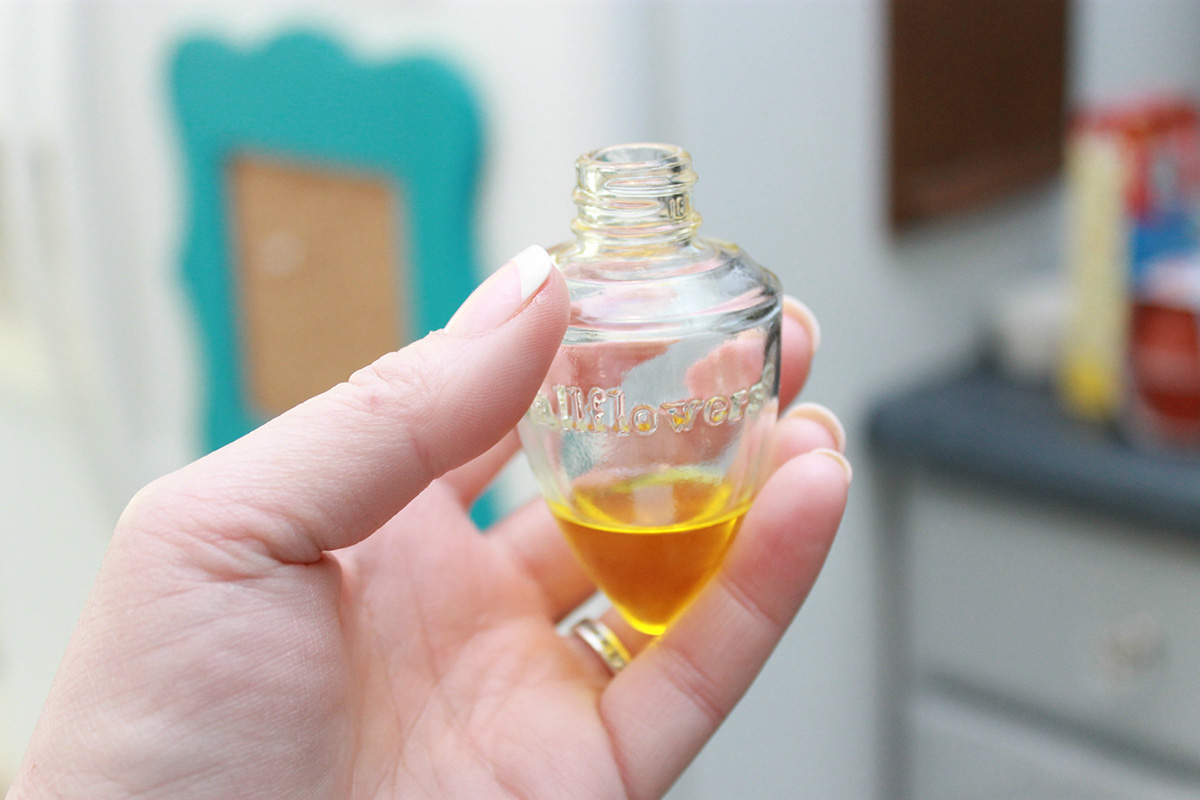
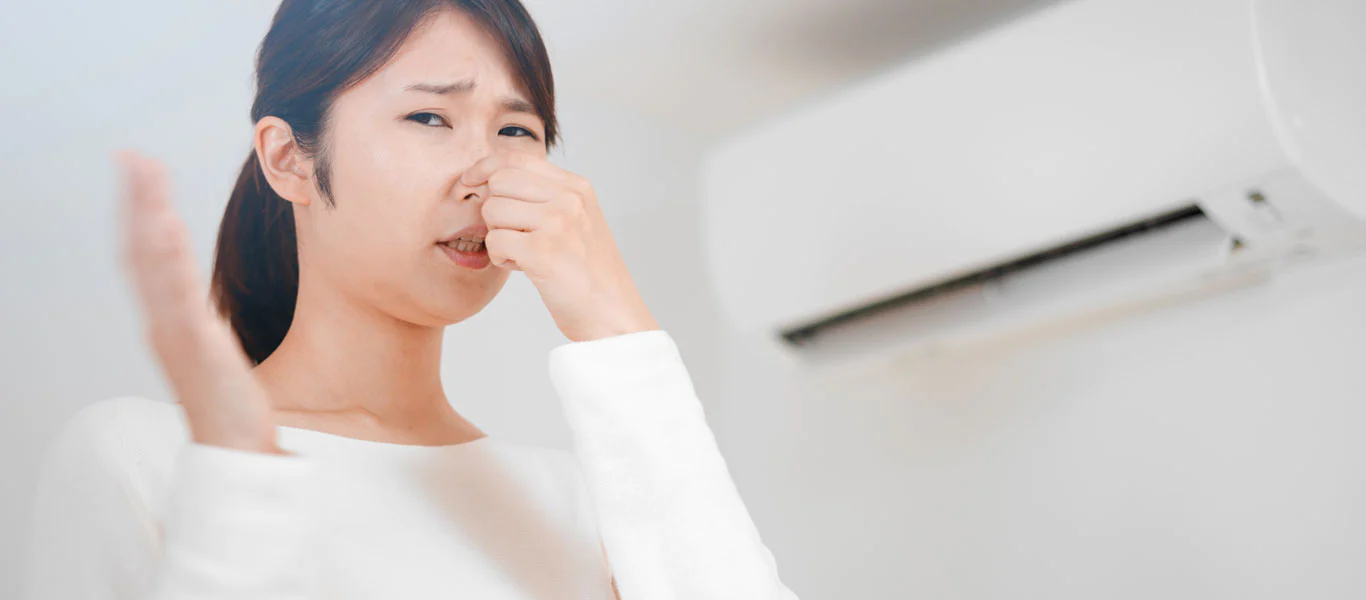
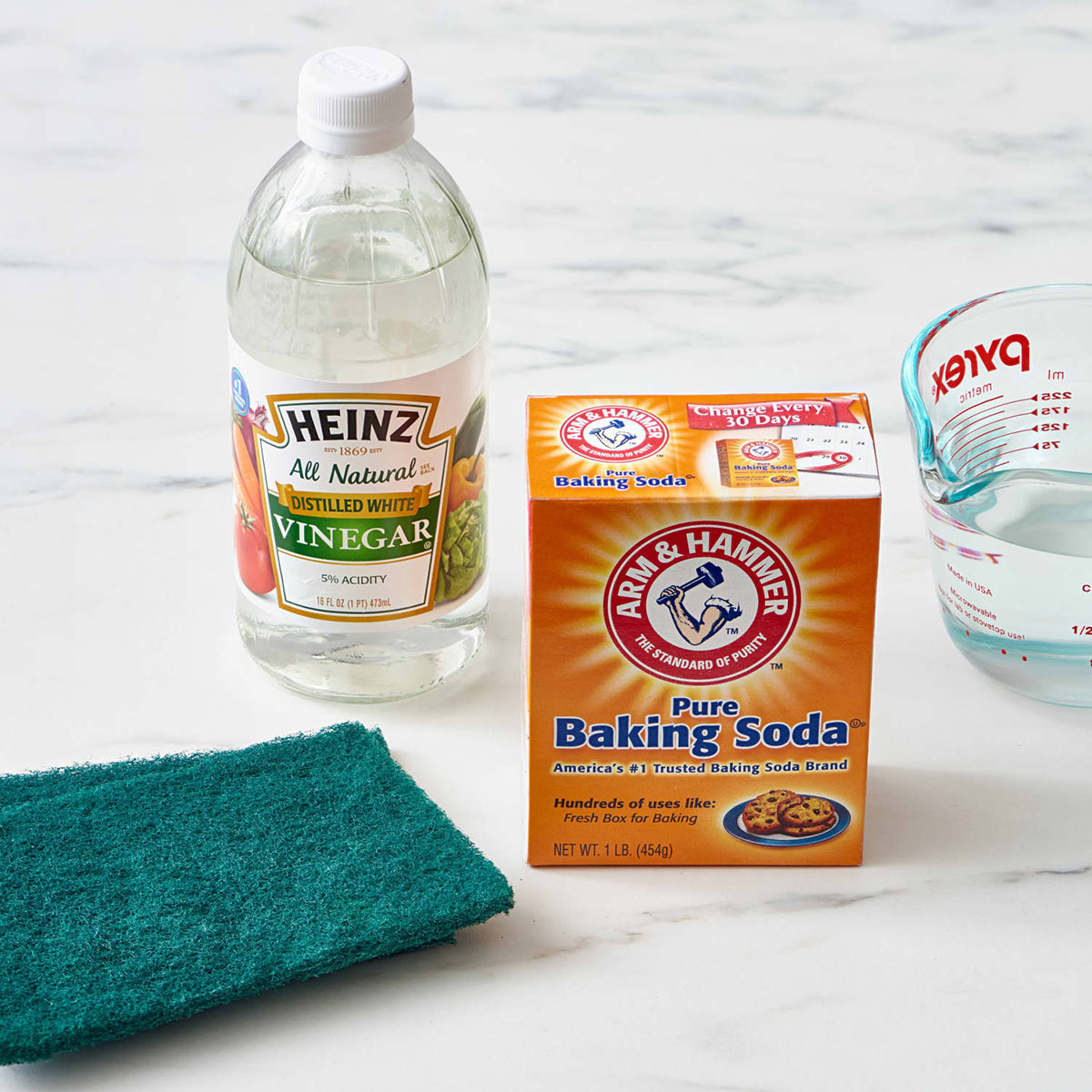



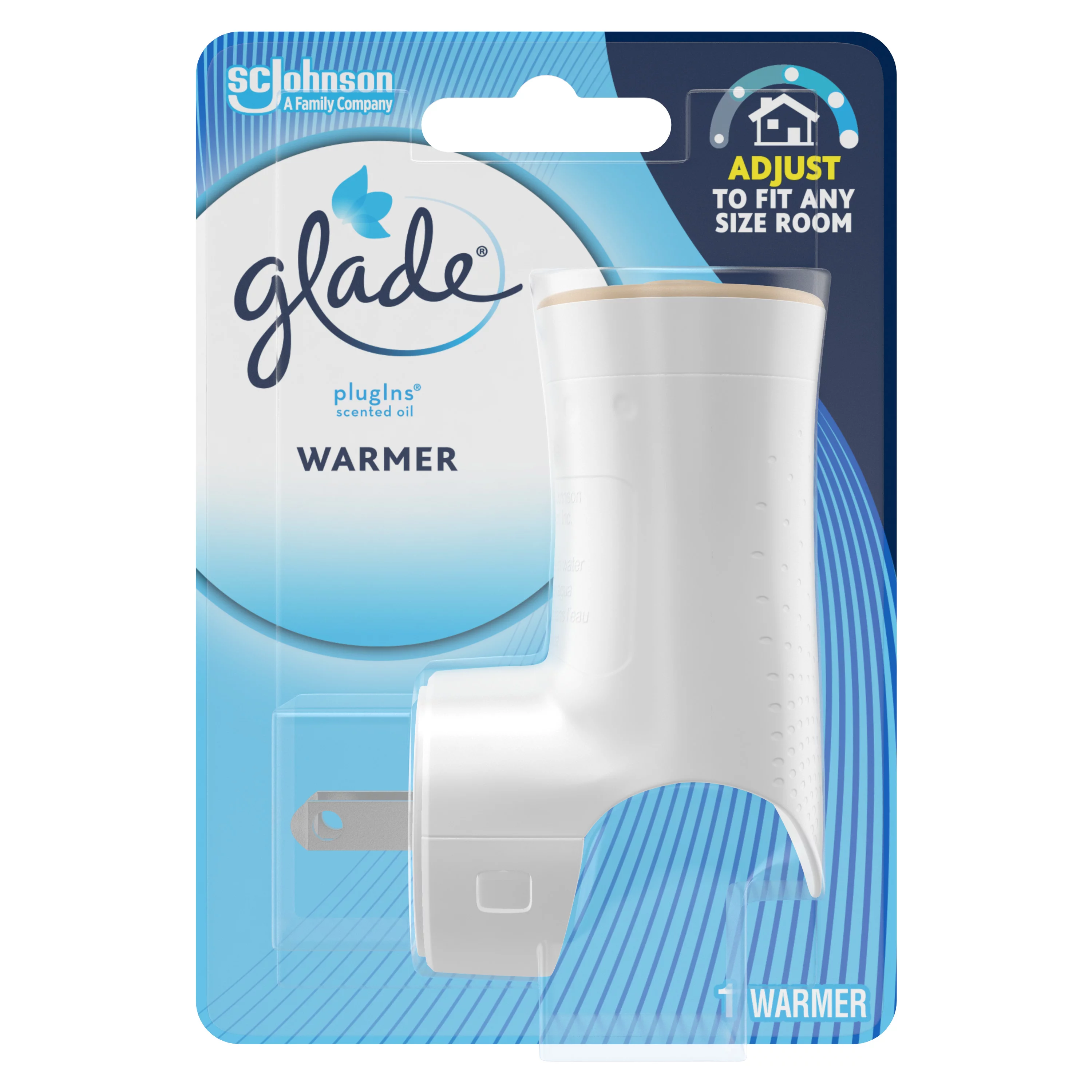


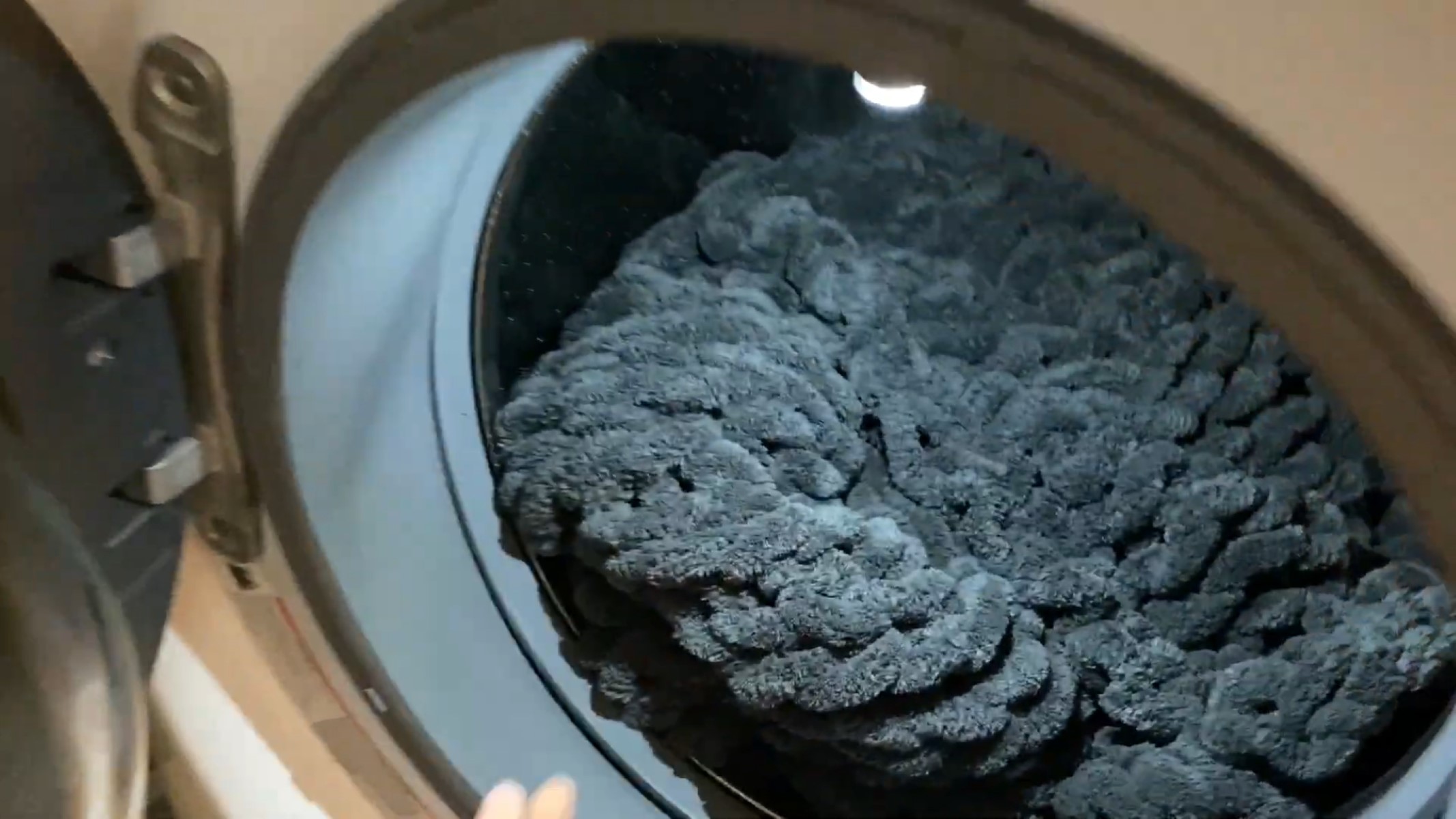
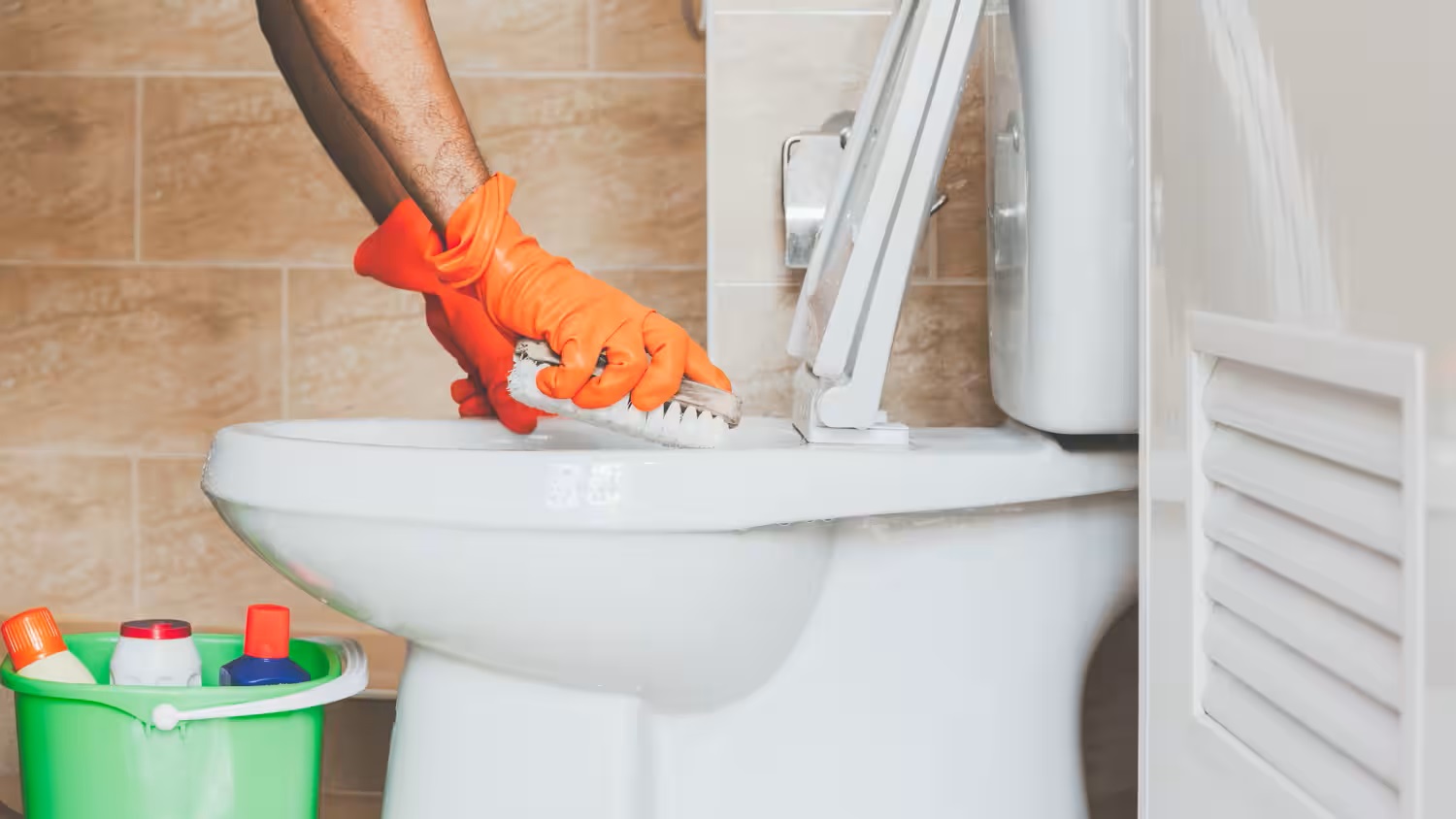
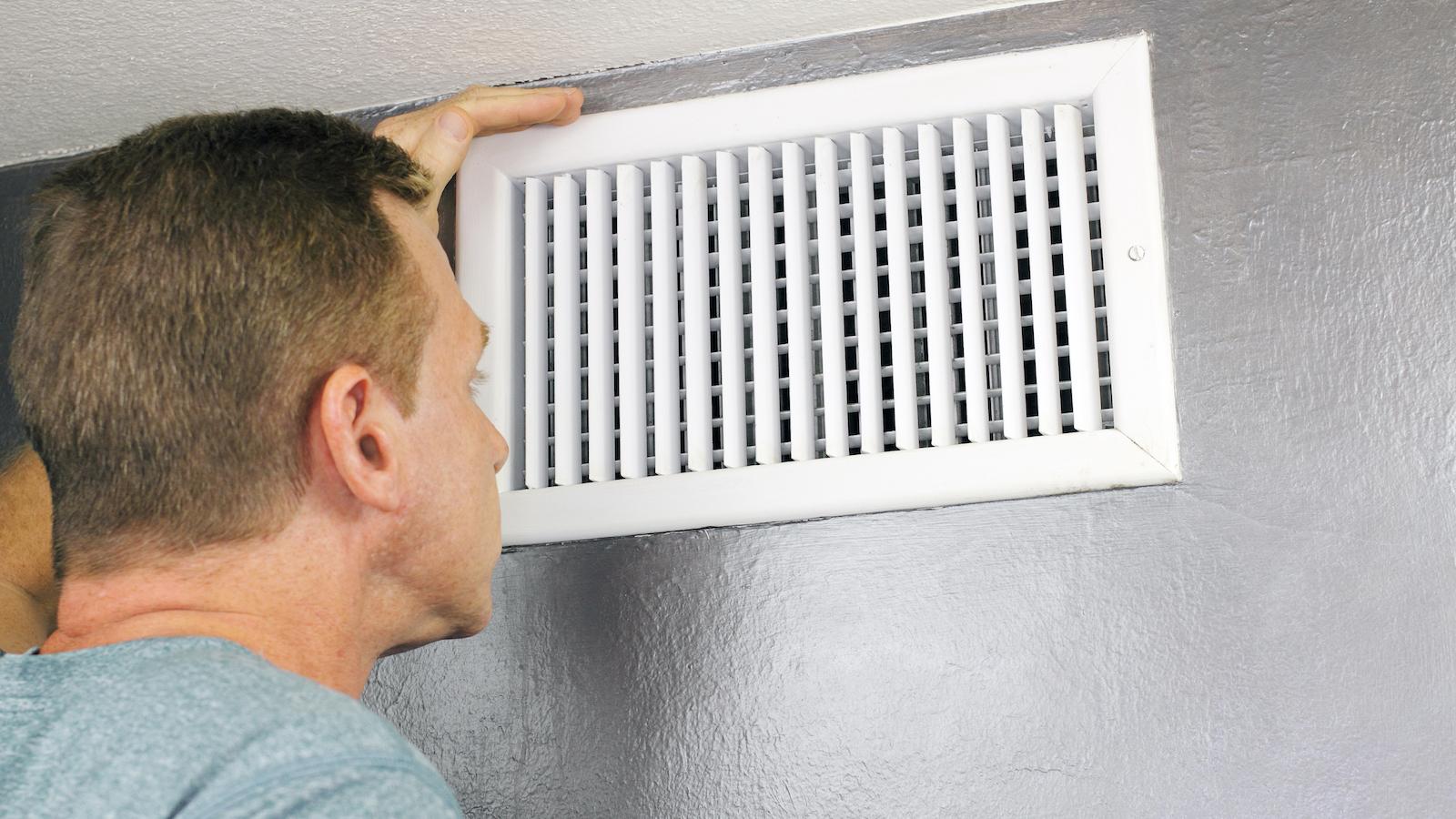
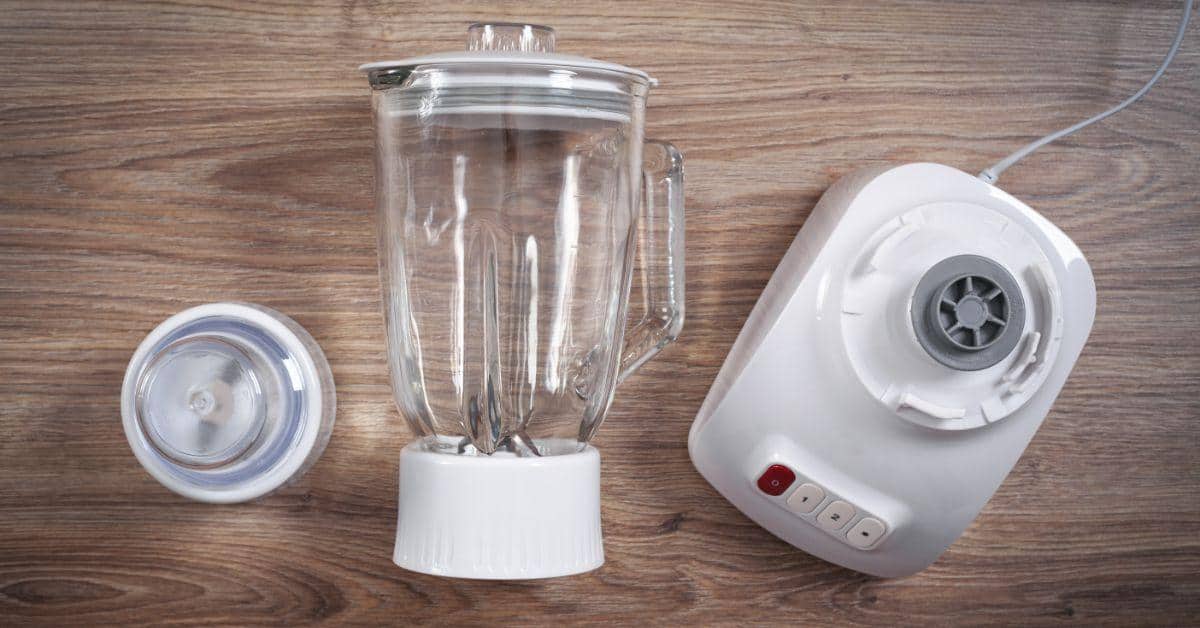
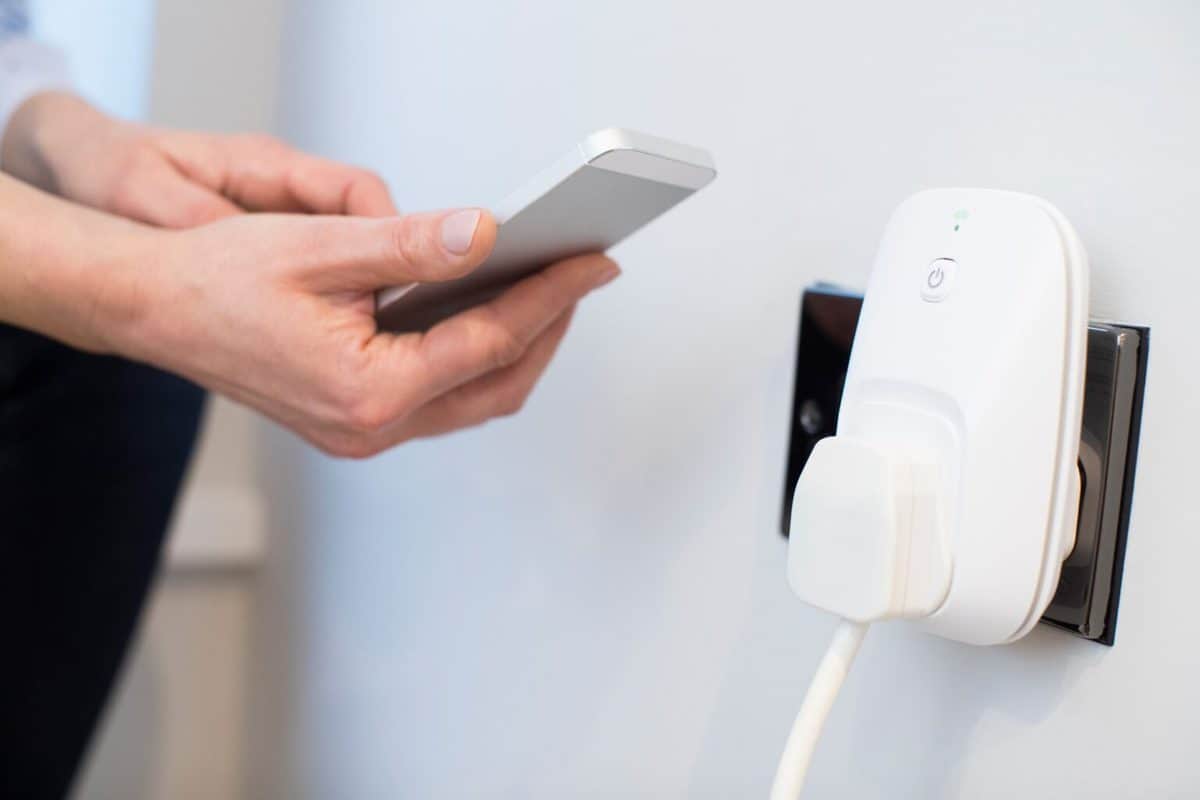

0 thoughts on “Why Can’t I Smell My Plug-In Air Freshener”